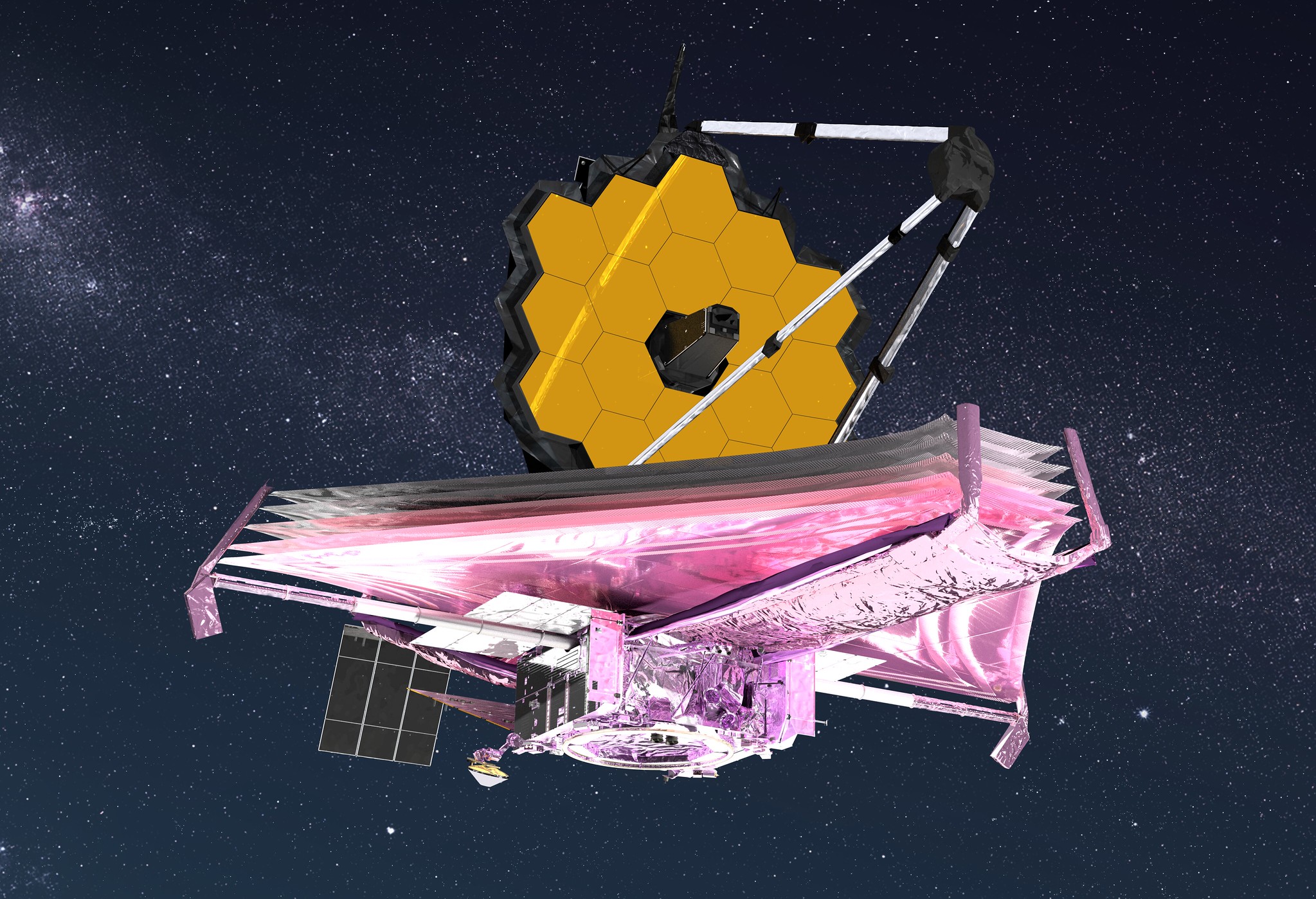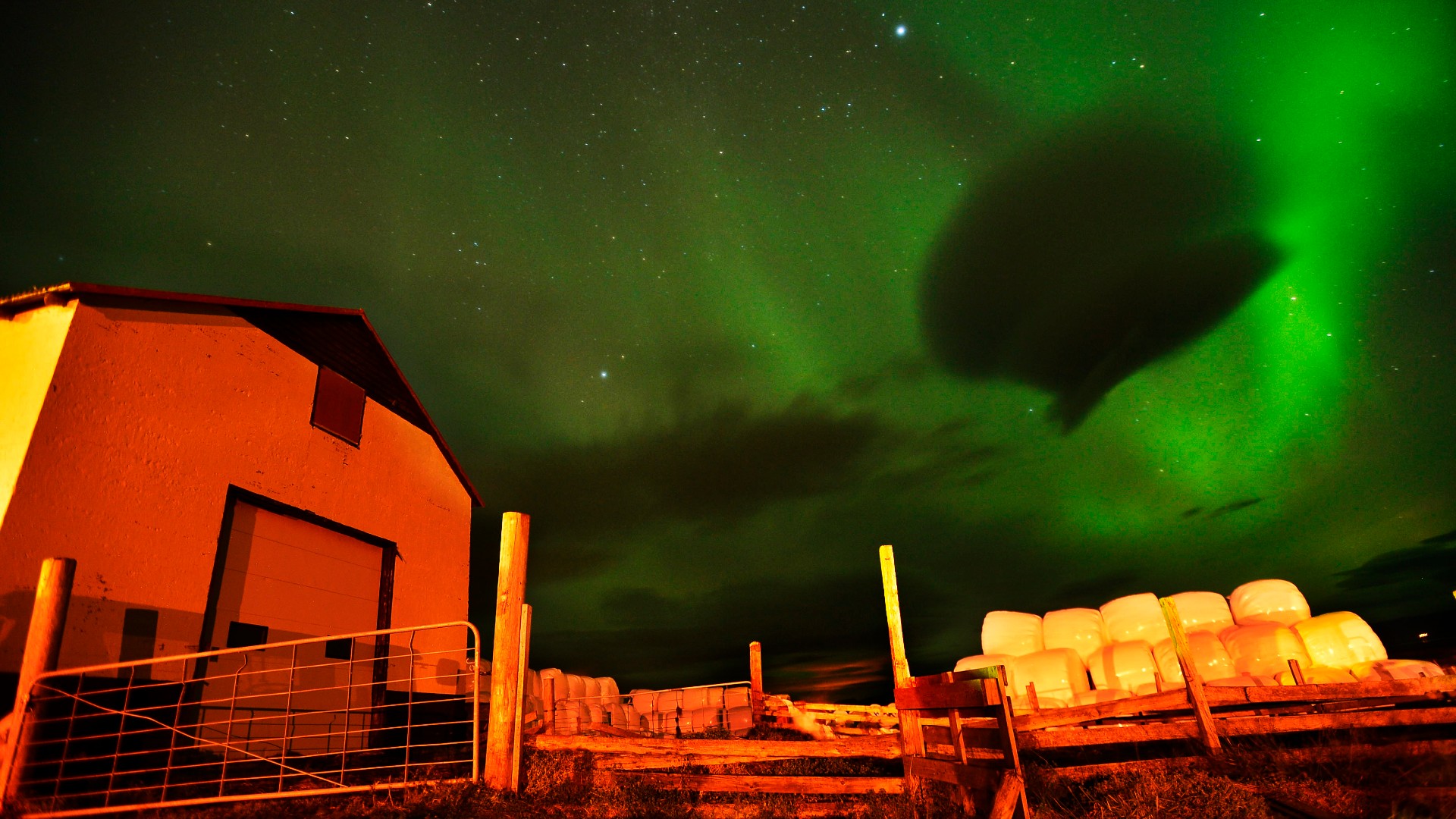
The powerful eyes of NASA's James Webb Space Telescope are now fully open and ready to observe the cosmos.
Technicians have finished preparing the $10 billion James Webb Space Telescope for its highly anticipated science work, an intricate process that took more than six months.
"All of the seventeen ways or 'modes' to operate Webb's scientific instruments have now been checked out, which means that Webb has completed its commissioning activities and is ready to begin full scientific operations," mission team members wrote in an update today (July 11).
Live updates: NASA's James Webb Space Telescope mission
Related: How the James Webb Space Telescope works in pictures
Webb launched atop an Arianespace Ariane V rocket on Dec. 25, 2021, kicking off a month-long trek to the Sun-Earth Lagrange Point 2 (L2), a gravitationally stable spot in space about 930,000 miles (1.5 million kilometers) from our planet.
Mission team members conducted a series of complex deployments during that journey, notching milestones such as unfolding Webb's five-layer sunshield, which is about the size of a tennis court. And the prep work continued long after the observatory got to L2, as the Webb team labored to get all four of the telescope's super-sensitive science instruments up to speed.
Each of those instruments can operate in multiple modes, as NASA explained in today's update. And the final mode has now been fully vetted.
Breaking space news, the latest updates on rocket launches, skywatching events and more!
"The last of all 17 instrument modes to be commissioned was NIRCam's coronagraph capability, which works to mostly block incoming starlight by inserting a mask in front of a target star, suppressing the target star's relatively bright light to increase contrast and enable detection of fainter nearby companions such as exoplanets," NASA officials wrote in today's update, referring to Webb's Near Infrared Camera instrument.
Webb will do much more than scrutinize exoplanets. The multipurpose observatory will also peer at some of the first stars and galaxies ever to form in the universe and study objects in our own solar system, among many other tasks.
Webb started doing such work even before it got fully up and running. The telescope has already snapped a variety of science-grade images, the first of which U.S. President Joe Biden will reveal today at 5 p.m. EDT (2100 GMT). NASA will unveil others on Tuesday (July 12) at 9:45 a.m. EDT (1345 GMT). You can watch both of those big reveals live here at Space.com, courtesy of NASA.
Mike Wall is the author of "Out There" (Grand Central Publishing, 2018; illustrated by Karl Tate), a book about the search for alien life. Follow him on Twitter @michaeldwall. Follow us on Twitter @Spacedotcom or on Facebook.
Join our Space Forums to keep talking space on the latest missions, night sky and more! And if you have a news tip, correction or comment, let us know at: community@space.com.

Michael Wall is a Senior Space Writer with Space.com and joined the team in 2010. He primarily covers exoplanets, spaceflight and military space, but has been known to dabble in the space art beat. His book about the search for alien life, "Out There," was published on Nov. 13, 2018. Before becoming a science writer, Michael worked as a herpetologist and wildlife biologist. He has a Ph.D. in evolutionary biology from the University of Sydney, Australia, a bachelor's degree from the University of Arizona, and a graduate certificate in science writing from the University of California, Santa Cruz. To find out what his latest project is, you can follow Michael on Twitter.
